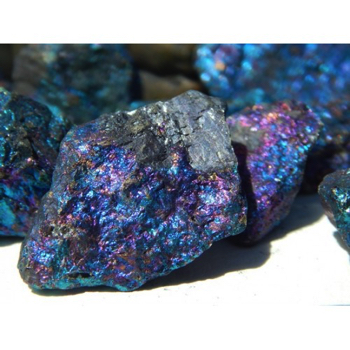
Cobalt is one of those elements we’ve all heard of, and we know it’s dug out of the ground, but we’re not really quite sure what it’s used for. Turns out, it’s used in very large quantities in the batteries of electric vehicles, so global automakers are currently busy trying to secure a reliable supply of it.
Where Does Cobalt Come From?
Cobalt is generally not mined just for itself: it tends to be produced as a by-product of nickel and copper mining activities, and it’s found in large quantities in the Democratic Republic of the Congo (DRC), mainland China, Zambia, Russia and Australia. Many companies are looking for alternative sources from the DRC – the source of over 50 percent of the world’s cobalt — since cobalt is often mined there with the use of child labor, which no one wants to be associated with. There’s only one cobalt mine in the United States. It’s located in Idaho, and it’s poised to take advantage of a global shortage of cobalt as well as skyrocketing prices that have tripled in recent years.
Automakers Are Securing Their Own Cobalt Supplies
To avoid being reliant on cobalt supplies from unstable sources, some automakers heavily invested in EV production are securing their own supplies of cobalt. Japan’s major auto and battery manufacturers, including Toyota Motor Corp., Honda Motor Co. and Panasonic Corp., are reportedly considering joint procurement of cobalt for batteries. Nissan Motor Co., Suzuki Motor Corp., Mazda Motor Corp., Subaru Corp. and Mitsubishi Motors Corp. are also considering signing into the procurement agreement.
“The envisioned joint venture is likely to be set up in a year or so, with each participating company buying a stake of up to around 10 percent, the sources said, at a time when Chinese companies are snapping up cobalt supplies around the world,” according to Japan Times.
Japan’s Economy, Trade and Industry Ministry believes that it’s vital to secure more reliable sources of cobalt as the world increasingly turns to EVs to meet sustainability goals and cut carbon dioxide emissions.












